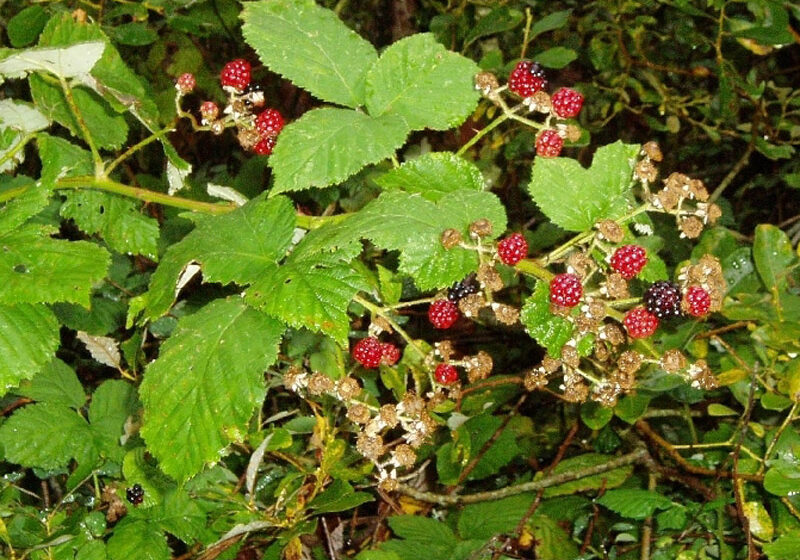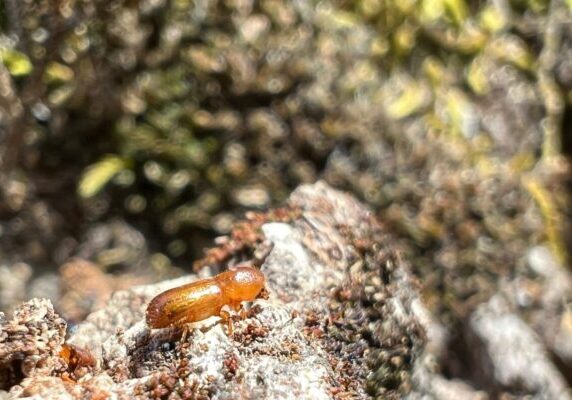Rural Habitats Conservation
Services
Types of Rural Habitats
Oak Habitats
Hundreds of years ago, the Willamette Valley was full of Oregon white oak (Quercus Garryana) savannas and woodlands, maintained by the Kalapuya and other Indigenous peoples. The area was burned frequently–to prevent conifer encroachment and facilitate the development of large mature oak trees, increase production of acorns, and control insect and fungal infections on oaks. Active management contributed to an abundance of camas wildflowers and bulbs, and other native plants with seeds, berries, and nuts, including acorns, that were and still are important cultural resources and food for Native people and wildlife.
Currently, oak woodlands cover less than 10% of their original footprint. The ecosystems of oak savanna and native prairies are even more endangered, representing less than 2% of their previous range.
Here are some steps you can take to specifically support Oregon oaks and associated species.
- Remove invasive plant species, which impede native plant establishment and vitality
- Plant oak trees and associated native shrubs, wildflowers and grasses
- Maintain habitats. Maintenance of oak woodlands requires ongoing work to manage weeds and, often, to prevent conifer encroachment.
- Remove nearby competitive trees, such as Douglas fir, by cutting limbs or full trees, ideally before they begin to encroach on the sunlight of your oaks. Remove Douglas fir seedlings when they appear.
- Avoid disturbing the root network with irrigation, paving, or parking equipment near them.
Oak benefits
-
Naturally adaptable to climate change. Oregon white oaks have the added benefit of being droughtDrought A longer than normal time with not enough rain-, sun- and wild-fire resilient.
-
Oak woodlands also provide habitat for 700 species of plants and animals.
Oak habitat resources
-
Oregon White Oak: a guide to identifying and visiting oaks in our area
-
Help us Stop the Mediterranean Oak Borer
-
How to create and maintain wildlife habitat on your land
-
After an Ice Storm: Assessing Tree Damage and Moving Forward
-
Conserving White Oak in Urban and Suburban Landscapes
-
Oregon White Oak and Wildlife: Tools for Family Forestland Owners
Hedgerows & Windbreaks
Hedgerows are strips of plants along a fence, building, driveway, property boundary, forest, farm field, or really anywhere that would benefit from pollinators, wildlife habitat, or a "living fence" that hedgerows provide.
Unlike a simple hedge, well-designed hedgerows contain multiple species such as native trees, shrubs, wildflowers/forbs, and grasses. These, along with bare ground for nesting habitat, act as pollinator havens among or along crop fields, open landscapes, or adjacent to woodlands. Ideally, hedgerows are comprised of native plants that bloom at different times throughout the growing season to provide a steady food supply for beneficial insects and other wildlife. Pollinator hedgerows should also contain a diversity of flower shapes and colors to attract and provide nectar and pollen to a variety of pollinating insects.
Windbreaks, or "shelterbelts", are another type of hedgerow, typically made up of trees and shrubs, designed to reduce the negative effects of strong winds. Some farmers use them to reduce wind erosion and keep organic matter on the field where it benefits both crops and soil biology. Thoughtfully placed windbreaks can also conserve water by lowering soil evaporation rates on fields and protect buildings from the elements in winter and summer, reducing energy costs.
Hedgerow Benefits
-
Provide privacy and beauty
-
Provide buffering from noise, odors and pesticide drift.
-
Provide filtering of fertilizer or pollutant runoff and erosion control.
-
Add wildlife habitat.
-
All the hedgerow benefits above, plus
-
Protect air and water quality
-
Provide shade for animals and humans and reduce livestock stress.
-
Provide specialty forest products.
-
Enhance wildlife habitat and protect biodiversity.
Hedgerow & Windbreak resources
-
Pollinator bloom time calendar
-
Planting for Pollinators
-
Windbreaks: An Agroforestry Practice
-
Hedgerow Planting for Pollinators: Western Oregon and Washington
We provide support
Find out if you're in our service area.
Related services to help you with rural habitats conservation:
Staff contact
Kammy Kern-Korot
Senior Conservationist
Contact me about:
Oregon oak, savanna, wetlands and riparianRiparian areas The land alongside a stream, creek, river, or floodplain habitats; Emerald Ash and Mediterranean Oak Borers; conservation planning and native plantings for pollinators and other wildlife on rural lands.

